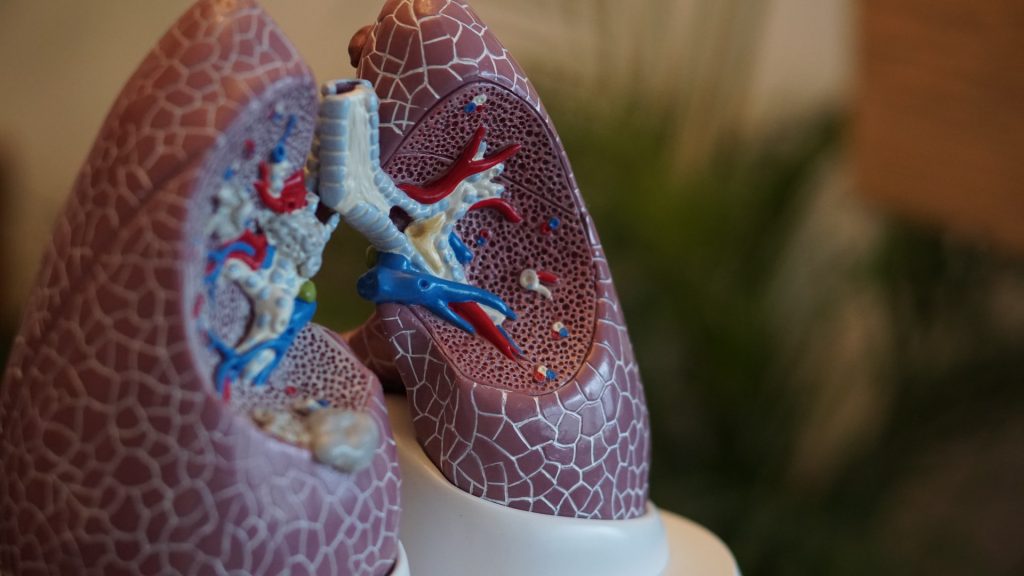
A surprising fact is that bitter taste receptors are found not just in the mouth, but elsewhere including the airways. Activating those receptors dilates up lung passageways, making them a potential target for treating asthma or chronic obstructive pulmonary disease (COPD). Now, researchers report in the Journal of Medicinal Chemistry that they have designed a potent and selective compound that could lead the way to such therapies.
Among the 25 different types of bitter taste receptors, the TAS2R14 subtype is one of the most widely distributed in tissues outside the mouth. Scientists are uncertain about the structure of the receptor, and they haven’t identified the particular compound or “ligand” in the body that activates it. However, a few synthetic compounds, such as the nonsteroidal anti-inflammatory drug (NSAID) flufenamic acid, are known to bind to and activate TAS2R14s. But these compounds aren’t very potent, and they don’t have similar structural features. These difficulties make it challenging to create a better ligand. Nevertheless, Masha Niv, Peter Gmeiner and colleagues used flufenamic acid as a starting point to design and synthesise analogues with improved properties. Next, the team wanted to extend that work to develop a set of even better TAS2R14 ligands.
Building on these earlier findings, the researchers made several new variations. They tested these compounds in a cell-based assay that measures receptor activation. This approach revealed that replacing a phenyl ring with a 2-aminopyrimidine and substituting a tetrazole for a carboxylic acid group was a promising strategy. One of the new ligands was six times more potent than flufenamic acid, meaning less of the compound was needed to produce a similar response as the NSAID. This ligand was also highly selective for TAS2R14 compared to non-bitter taste receptors, which could potentially minimise side effects. The researchers speculate that new compounds will help shed light on the structure, mechanism and physiological function of bitter taste receptors and guide development of drug candidates to target them.
Source: American Chemical Society

